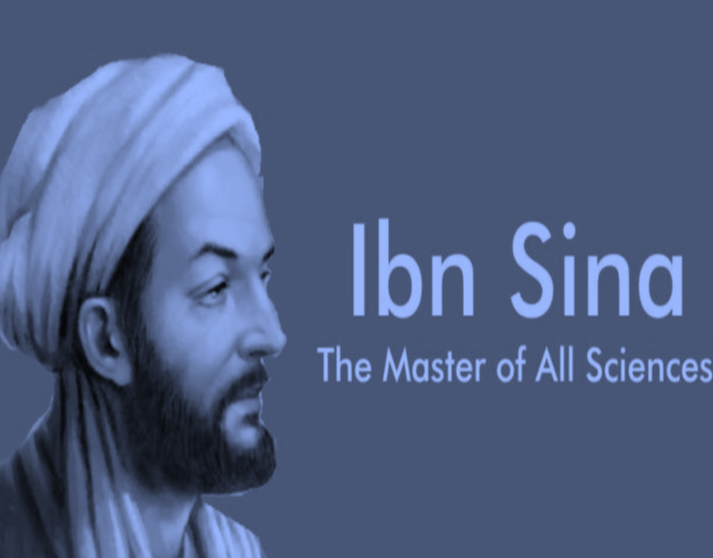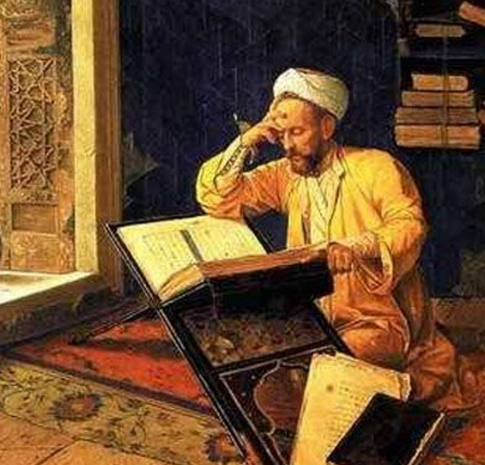- Home
-
- Holy Quran French Trans. Abdour Rahman Al Houdhaifi
- Holy Quran Hindi Trans.
- Holy Quran Chinese Trans.
- Holy Quran Al-Fatihah English Trans.
- Holy Quran Spanish Ttans
- Holy Quran
- Pashto – Translation Quran in Pashto
- Holy Quran Punjabi Trans
- Malayalam – Saad al-Ghamdi Holy Quran
- Bosnian – Mahmoud Khalil Al-Husari Holy Quran
- Holy Quran Bengali – Sudais and Shuraym
- Holy Quran Russian Trans.
-
- The Story of Ibn Sina Great Scholar
- Major Muslim Contributions That Helped Shape the Modern World
- Legacy of Imam Abu Hanifa
- The Story of ibn Sina Avicenna
- Masjid Al Quba: The First Mosque in Islamic History
- The Sahabas of Prophet Muhammad ﷺ
- The Islamic Golden Age Knowledge
- Prominent Sahaba and Their Contributions
- Ibn Hajar al-Asqalani
- Abbad ibn Bish
- Story of Dawud, David
- About
- Blog

Imam Muhammad ibn Ismail al-Bukhari (810–870 CE) was a renowned Islamic scholar

Building Your Vision Online
Imam Muhammad ibn Ismail al-Bukhari (810–870 CE) was a renowned Islamic scholar born in Bukhara, Uzbekistan. Gifted with exceptional memory, he traveled widely across the Muslim world collecting authentic Hadith. After studying hundreds of thousands of narrations, he compiled Sahih al-Bukhari, considered the most authentic book after the Qur’an. His work is respected for its strict criteria, deep scholarship, and dedication to preserving the Prophet’s teachings. He remains one of the greatest Hadith scholars in Islamic history.
Bukhari Sharif
During the Islamic Golden Age — a period of extraordinary scientific and intellectual growth between the 9th and 14th centuries — one name stands out above many others: Ibn Sīnā, known in the West as Avicenna. He became one of history’s greatest physicians, philosophers, and thinkers, and his work shaped both the Muslim world and Europe for centuries.
The Life and Legacy of Imam Abu Hanifah
Imām Abū Ḥanīfah (699–767 CE / 80–148 AH) is recognized as the founder of the Hanafi school of fiqh, the most widely followed school in the Sunni Muslim world. Revered as al-Imām al-A‘ẓam (“The Great Imam”), he was the earliest of the four major imams and the first to systematically define the principles of uṣūl al-fiqh that would shape Islamic jurisprudence for centuries.
Surat Al-Kahf is a Makkan surah. It was revealed after surat Al-Ghaashiyah,
We have already briefly referred to the conditions of that period in the introduction to Surah Al-Kahf.
His name is Ahmad ibn ‘Ali ibn Muhammad ibn Muhammad ‘Ali al-Kinani al-Asqalani. His great grandparents lived in Asqalan where they entered it in the year 583H Muslim world and Europe for centuries.
It was the fourth year after the Hijrah. The city of the Prophet ﷺ was still surrounded by dangers—
both internal and external. Internally, the influential Jewish tribe Banu al-Nadir violated their



















